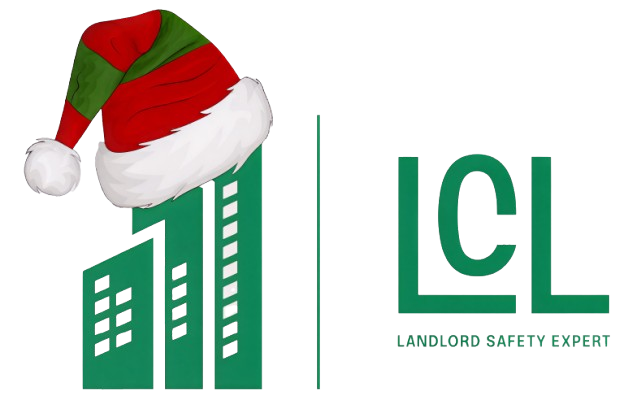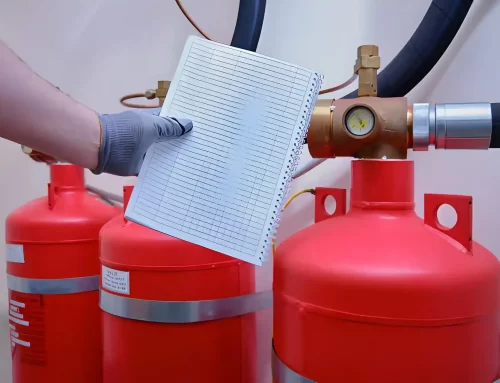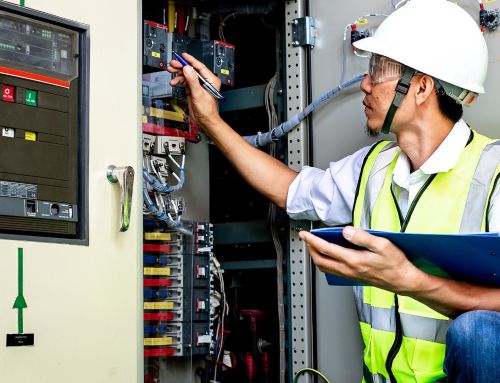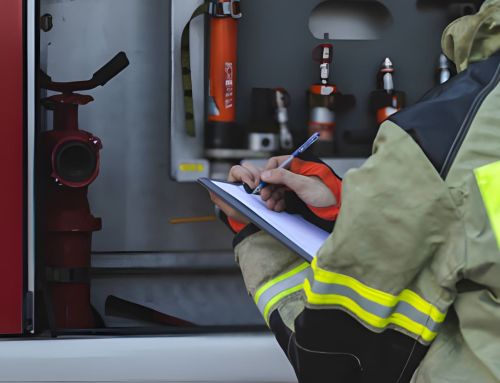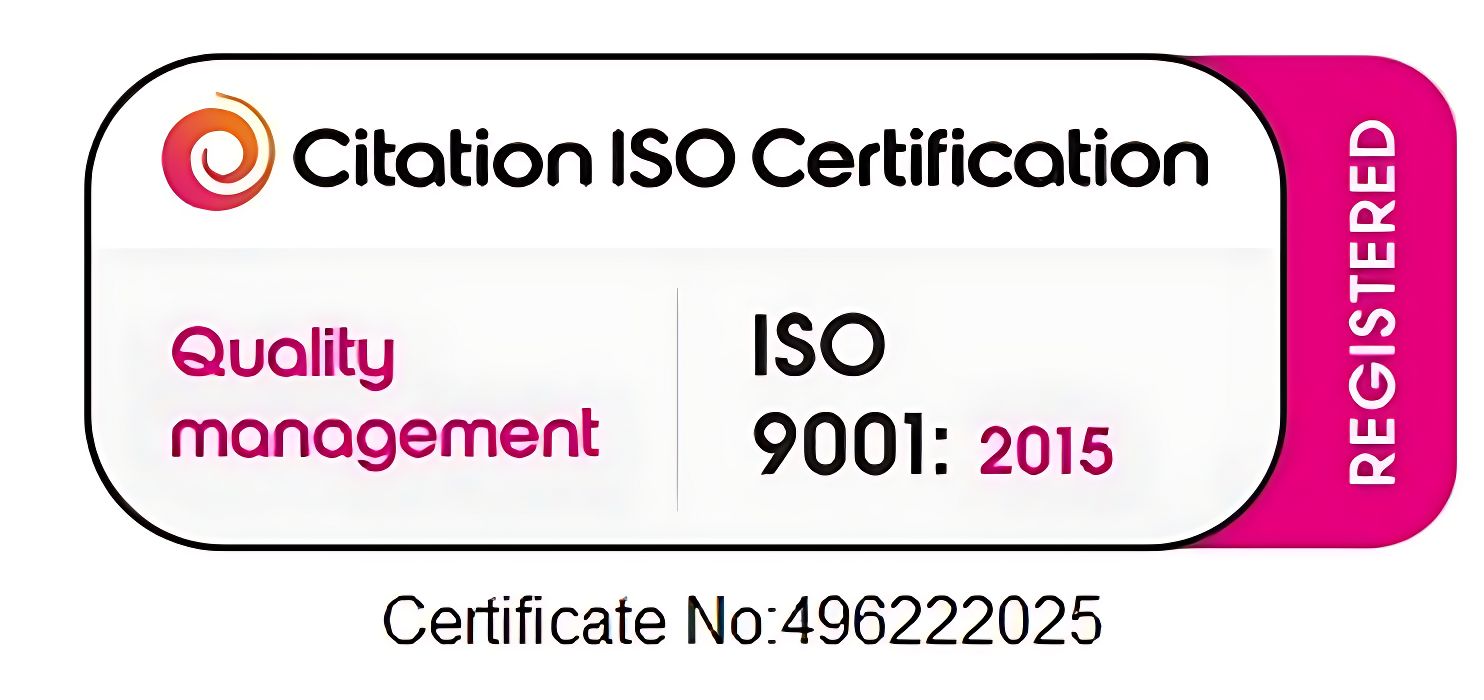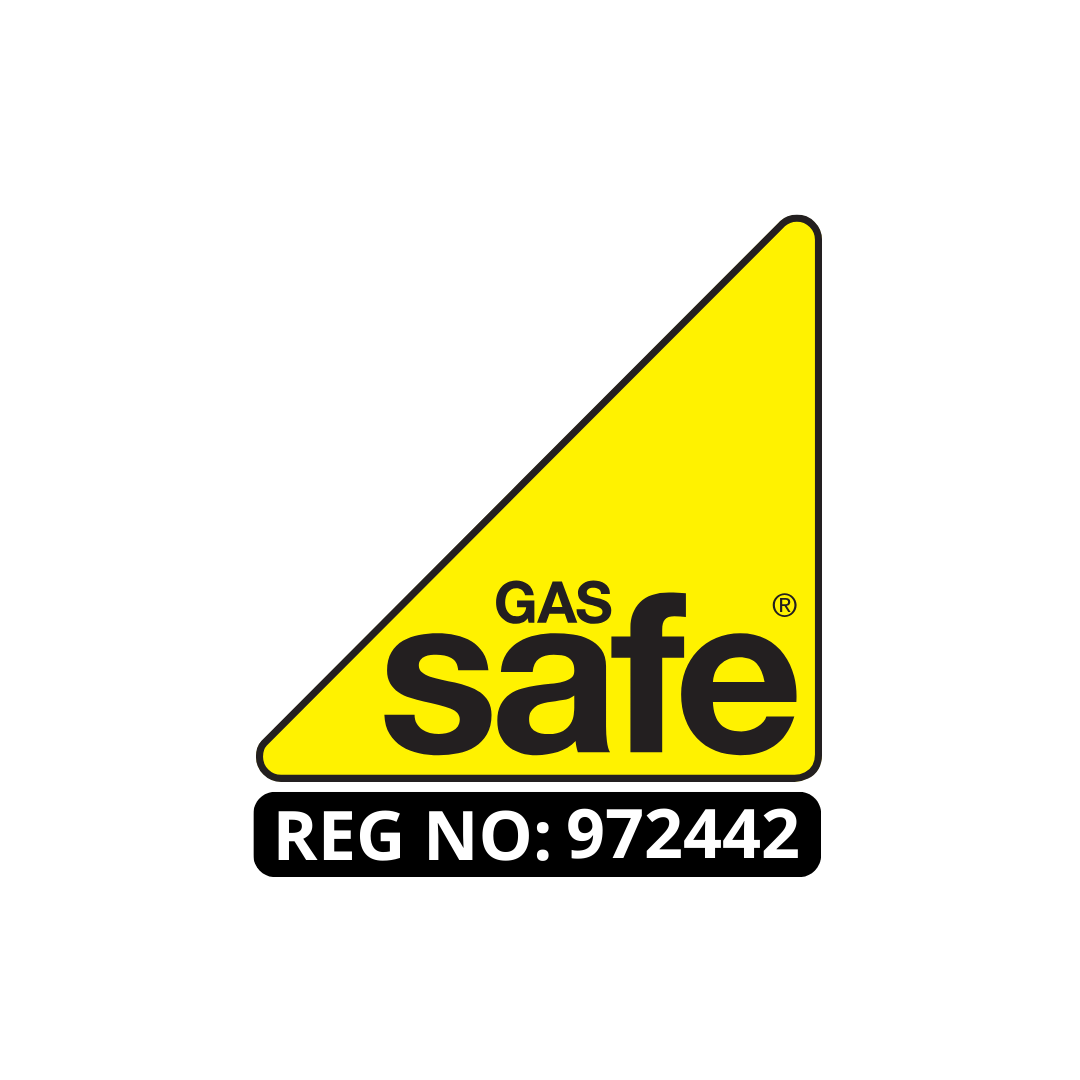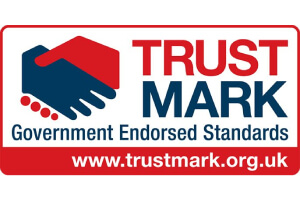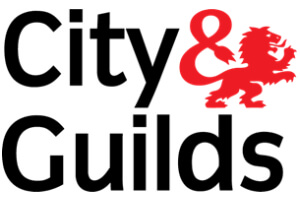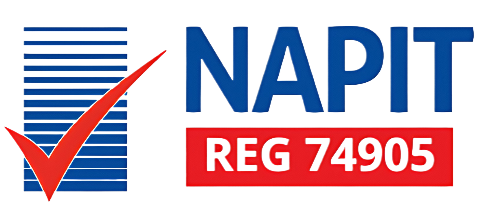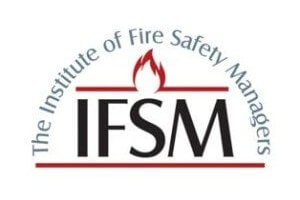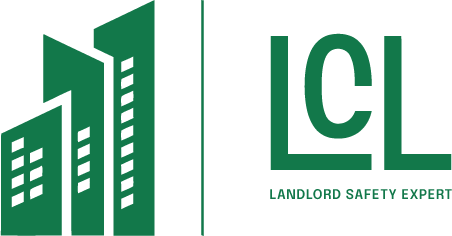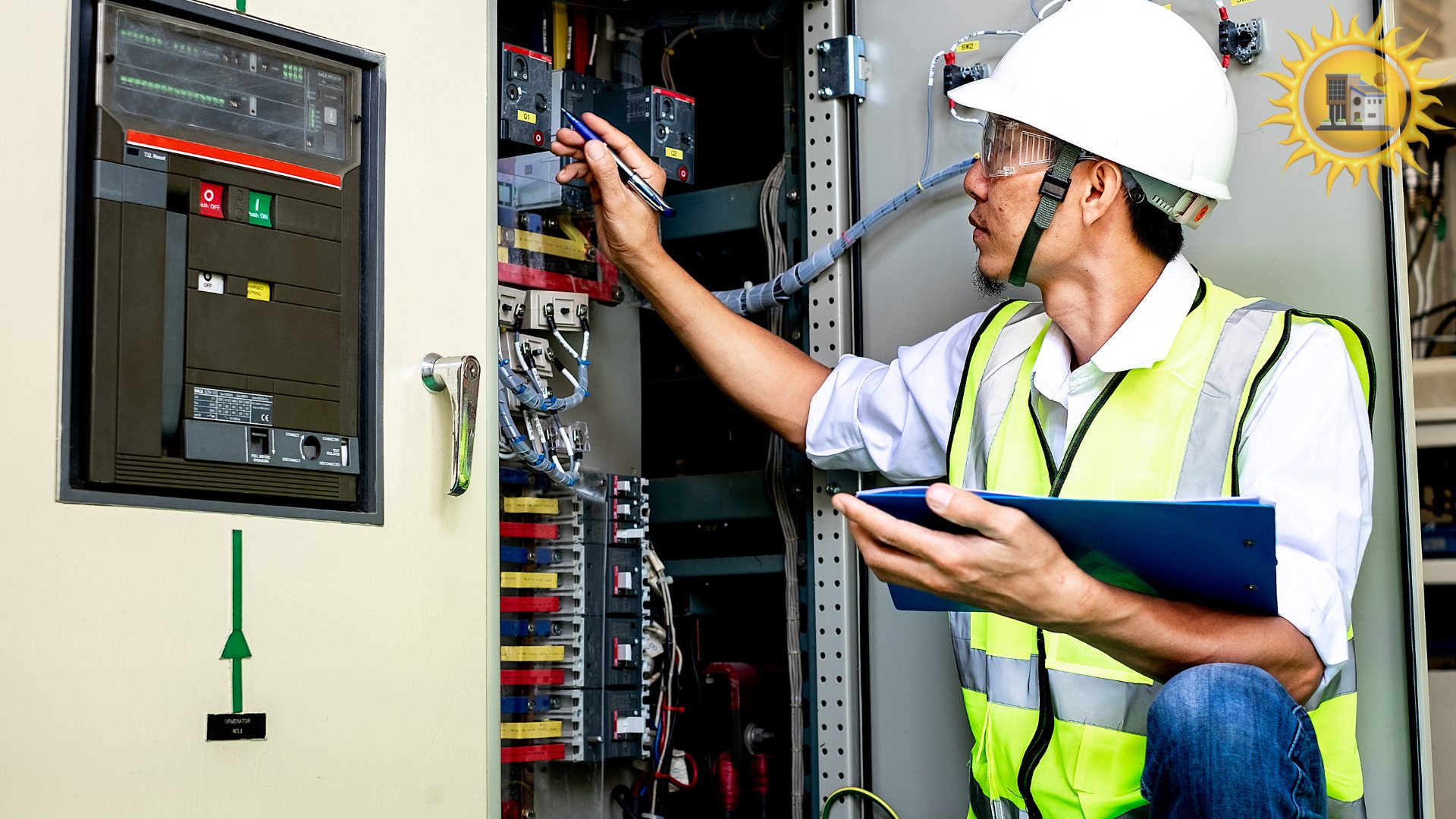
A fire safety risk assessment is an essential process that helps property owners identify fire risk and keep people safe. It involves checking potential risks, such as faulty wiring or blocked exits, and ensuring proper fire alarms, lighting, and escape routes are in place.
Every landlord or business owner must carry out a fire safety risk assessment by law. This helps prevent fire incidents and ensures compliance with safety regulations. The responsible person, usually the owner or manager, must review and update the assessment regularly, especially after any changes to the building.
The assessment risks are identified; people’s risks are noted, and steps to reduce fire risk are recorded. The findings are intended to improve safety and create a plan.
A regular fire safety risk not only protects lives and property but also builds trust and peace of mind for everyone inside the premises.
What is a Fire Risk Assessment? Everything You Need to Know
A fire safety risk assessment is a careful review of your home safety, possible fire risks, and ensuring the people in case of a fire. It is the first step in growing a secure environment for anyone living or working inside a building. Whether you manage a block of apartments, a workplace, or a store, a fire safety risk helps you understand what causes a fire, how it might happen. The main goal of a fire safety assessment such as electrical systems. which include flammable substances, heating appliances, and breakout routes, are reviewed. It additionally tests how quickly people may be alerted and safely evacuated at some point in an emergency. A fire protection risk evaluation doesn’t simply recognize fire alarms and extinguishers. It looks at each factor that could increase risk. For example, it examines how cluttered storage regions are, how frequently electrical systems are performed, and whether or not emergency lights work properly. Property owners and managers are responsible for maintaining those protection measures in place and updating them as the building changes. Ignoring a risk protection threat evaluation may want to result in critical legal troubles and put lives at risk. In simple terms, this technique allows you to apprehend your building’s fireplace risks, what precautions to take, and how to create a safe area for everyone. Regular fire safety risk saves lives and assists in the legal requirements.
Key Takeaways
- Fire safety helps identify possible fire risks and reduce risks.
• It is a legal requirement for most commercial and rental properties.
• Regular reviews keep your assessment accurate and up to date.
• Can be carried out by a competent person or certified fire safety assessor.
• Ensures safe evacuation routes and working fire alarms.
• Helps prevent fires and minimize property damage.
• Demonstrates your commitment to safety and compliance.
• Reduces the chance of fines, penalties, or business interruptions.
• Builds confidence among tenants, staff, and visitors.
• A well-maintained fire assessment saves lives and your investment.
Your Responsibilities: Fire Risk Assessments
Every property owner, landlord, or commercial enterprise manager has a legal duty to ensure a fire protection risk assessment is completed. This is not only a one-time project but an ongoing obligation to preserve the premises secure for each person.
Under the regulation, the responsible person (which could be the employer, owner, or occupier) has to make sure that fire risks are properly recognized and managed. If your private home is utilized by employees, customers, or tenants, you have to provide safe escape routes, operating alarms, and ordinary protection of fire equipment.
A fire safety assessment helps you understand where you stand. It identifies whether your fire safety measures are powerful or if you need improvement. For example, if the evaluation extracts that your emergency exits are blocked or the lights aren’t operating, you should take action right away. The results of your fire protection chance assessment should be recorded, especially if you have five or more employees. These facts need to include information about the capacity dangers, those who may be affected, so replace your fire safety threat evaluation, in particular, after building modifications, new system setup, or incidents that include small fire issues.
In addition, educating your workers is your responsibility. Employees must recognize how to respond to fire alarms, where the closest exits are, and how to use the simple fire device properly.
When you take your fire safety evaluation seriously, you create a existence safety in your building. It indicates looking after your people, following rules with the regulation, and a proactive technique for preventing disasters.
What Happens in a Fire Risk Assessment?
A fire safety risk assessment is a step-by-step process conducted by trained professionals and experienced persons within the organization. It detailed inspection of the property and checking all potential fire risk safety measures already in place. The assessor first identifies the potential of an explosion in the defective electric wiring, open flames, or heating home equipment. They look for flammable substances that could start a fire, like paper, cleaning chemical substances, and wooden fixtures. The next step is to assess people at risk, including employees, visitors, or residents.
Once all risks are identified, the fire safety risk Inspection controls how those risks could cause a fire. The goal is to reduce the chance of a fire starting to ensure everyone can escape safely. After analyzing the dangers, the assessor provides recommendations.
These should include installing or upgrading fire alarms, enhancing air flow, including greater extinguishers, or rearranging furnishings to clean escape routes. The effectiveness of fire doorways, emergency lights, and evacuation signs.
A written report is then prepared, summarizing findings and actions needed. This report needs to be reviewed often to ensure all fire safety measures continue to be effective over time.
A fire safety assessment is regularly considered because both involves identifying Dangers, reducing dangers, and providing protection. However, fire safety risk assessment covers every component of prevention, detection, and clearing. Regular assessments ensure your property stays compliant and ready for any emergency. it’s about protecting lives and avoiding devastating damage.
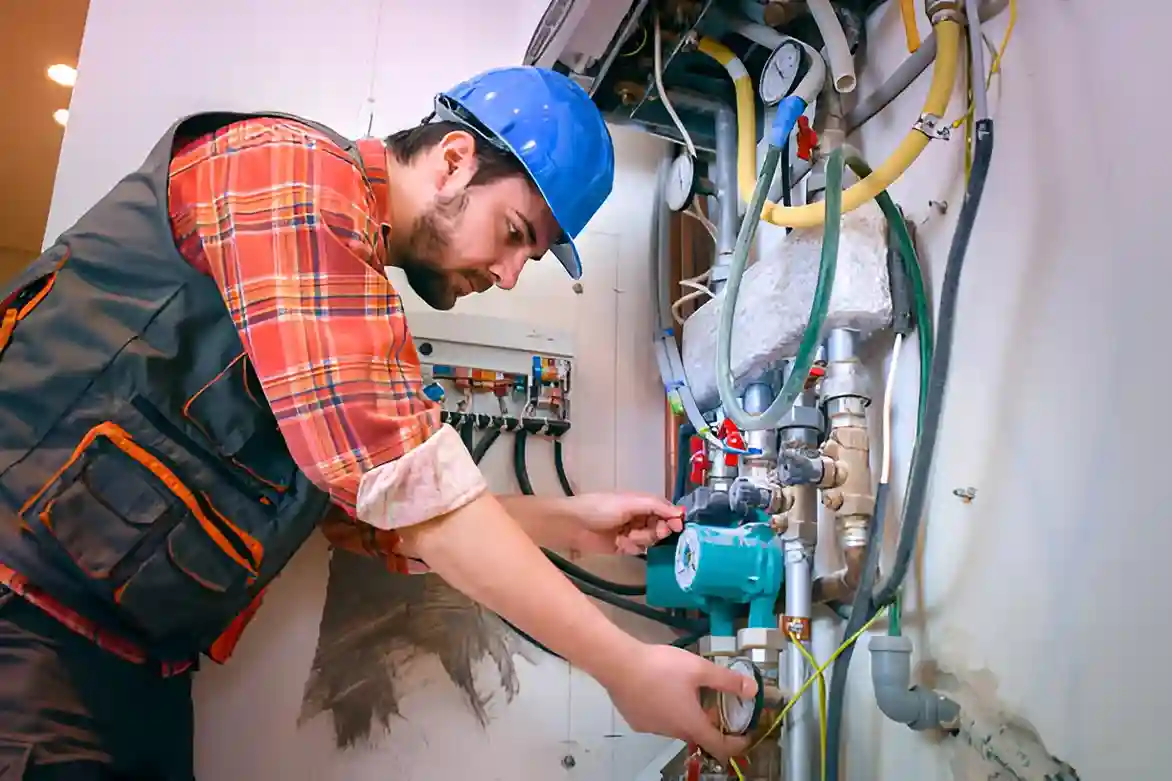
Common Fire Risks Found in Buildings
Many buildings are dangerous it increasing the chance of fire, and one of the most common causes is faulty wiring and overloaded sockets. Old appliances, damaged plugs, and poorly maintained it also led to speak or overheating. Storing flammable items such as cleaning products, papers fire near heat sources is another risk
Blocked escape routes are overloaded; it can make a big difference during an emergency. Corridors filled with boxes or furniture slow people down when every second matters. In kitchens and ignore cooking is the main reason fires start. Poorly maintained heating systems, candles, and smoking indoors also add to the danger.
Is It a Legal Requirement to Conduct a Fire Risk Inspection?
Yes, doing a fire safety risk assessment is a legal requirement for most buildings in the UK under the Regulatory Reform (Fire Safety) Order 2005. This regulation says that every construction used for commercial enterprise, apartment, or community purposes needs to have a right and up-to-date fire protection risk assessment. If you’re a landlord, employer, or construction supervisor, you’re liable for making sure this take a look at is accomplished and reviewed often. Ignoring it is able to lead to serious issues, which include heavy fines or even prison time if a person is harmed due to poor fire safety. A fire safety risk Inspection allows make sure your building follows all safety policies and that the proper steps are in place to prevent fires. Local fire officials can ask to see your assessment at any time, especially after a fire. It’s additionally essential to recall that doing it as soon as isn’t always sufficient. You must review your fire safety risk Inspection at least once a year or after any large changes to the construction, like renovations or new tenants. For homes with more than one tenant (HMOs), landlords must ensure shared areas and escape routes are secure. In offices, stores, and warehouses, the fire safety risk assessment should cover workers. fire alarms, device checks, and evacuation plans. Making this a legal responsibility facilitates everybody taking fire safety seriously. Regular fire checks create a safer place for all site visitors and citizens.
Who Can Conduct a Fire Risk Assessment?
A fire risk assessment is technically performed by using any competent person, which means a person who has performed a fire safety standard and can identify out of dangers effectively. The practices most corporations and landlords prefer to have expert fire safety assessors to ensure accuracy and compliance with polices. A competent person has proper knowledge of fire risk, safety systems, evacuation routes, and emergency procedures. They need to discover dangers and identify issues with suitable control measures.
Professional assessors bring years of knowledge of country-wide fire safety requirements. They use specific checklists, specialized equipment, and inspection methods to ensure no risk is noted. They also provide a complete written report that can be presented to authorities or insurance companies when needed. Hiring a certified professional to conduct your fire safety risk assessment can come up with peace of mind, understanding that every aspect of safety has been thoroughly evaluated. However, in case your building is small and easy to format, an accountable individual within your employer’s organization performs the assessment, provided they receive the proper training. Whether done internally by experts. The key to ensuring that the fire safety risk assessment is regularly updated. Many property owners have scheduled a fire risk Inspection once a year as part of routine maintenance. This proactive method helps identify potential dangers early, saving both money and lives in the long term.
Frequently Asked Questions
A fire safety risk assessment should be reviewed at least once every year or whenever major changes occur in the building, layout, or occupancy.
Failing to complete one can result in fines, prosecution, or closure of your property. It’s a legal requirement and essential for safety.
Yes, if you’re competent and understand fire risks. However, for complex buildings, it’s best to hire a professional assessor for a complete review.
The report lists fire risk, people at risk, risk levels, and safety measures needed. It also includes recommendations to reduce or remove fire dangers.
It depends on property size and complexity. Small properties may take a few hours, while large commercial buildings may require a full day or more.
Conclusion
A fire safety risk assessment is more than just a routine challenge; it’s a vital step in preserving people and property safe. It helps you discover potential risks, implement safety measures, and follow the law.
Regular checks can forestall small troubles from turning into serious emergencies. By checking your building, retaining routes smooth, and preserving hearth alarms and lights, you make sure absolutely everyone indoors remains included.
Taking the time to conduct a proper fire safety assessment shows responsibility and care. It proves your commitment to safety, compliance, and the well-being of others. Fire safety is everyone’s duty, and a well-executed fire safety risk assessment is the strongest step toward prevention.
